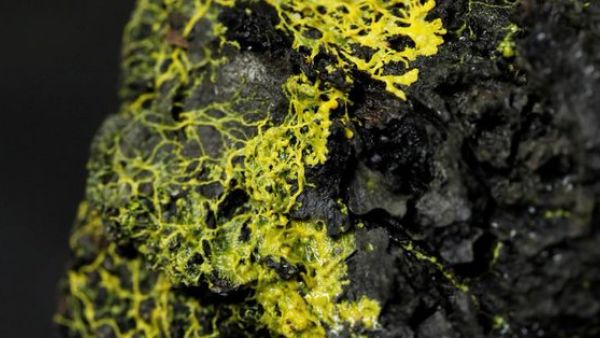A Paris zoo showcased a mysterious new organism on Wednesday, dubbed the 'blob' after a 1958 horror flick that portrays an alien mass that consumes people to grow larger.
Researchers say the yellowish slime is a unicellular living being which looks like a fungus but acts like an animal.
The organism has almost 720 sexes, moves without legs or wings, and can heal itself in two minutes after being cut in half.
This newest exhibit of the Paris Zoological Park, which goes on display to the public on Saturday, has no mouth, no stomach, no eyes, but is capable of detecting food and digesting it.
{"preview_thumbnail":"https://cdn.flowplayer.com/6684a05f-6468-4ecd-87d5-a748773282a3/i/v-i-e…","video_id":"e4b817b5-2b04-468e-824f-d1b4b058c1a1","player_id":"8ca46225-42a2-4245-9c20-7850ae937431","provider":"flowplayer","video":"China Denounces US House's Decision Over Hong Kong Legislation"}
'The blob is a living being which belongs to one of nature's mysteries,' said Bruno David, director of the Paris Museum of Natural History, of which the Zoological Park is part.
'It surprises us because it has no brain but is able to learn (...) and if you merge two blobs, the one that has learned will transmit its knowledge to the other.'
Researchers say the organism, which has been loosely identified as some kind of slime mold, is capable of a learning.
In an experiment from 2016, researchers found that they could teach the mold to cross a bridge lined with salt - a substance the mold was initially repulsed by.
Furthermore, they found that when they combined a slime mold with another mold that had not been taught to cross the bridge, the learning transferred into the new organism.
As a result, scientists say that the blob is likely capable of transferring knowledge through a type of fusion. Initial studies have keyed in on a 'vein' that forms between two specimen after being combined.
'We know for sure it is not a plant but we don't really if it's an animal or a fungus," said David.
'It behaves very surprisingly for something that looks like a mushroom (...) it has the behavior of an animal, it is able to learn,' said David.
This article has been adapted from its original source.








